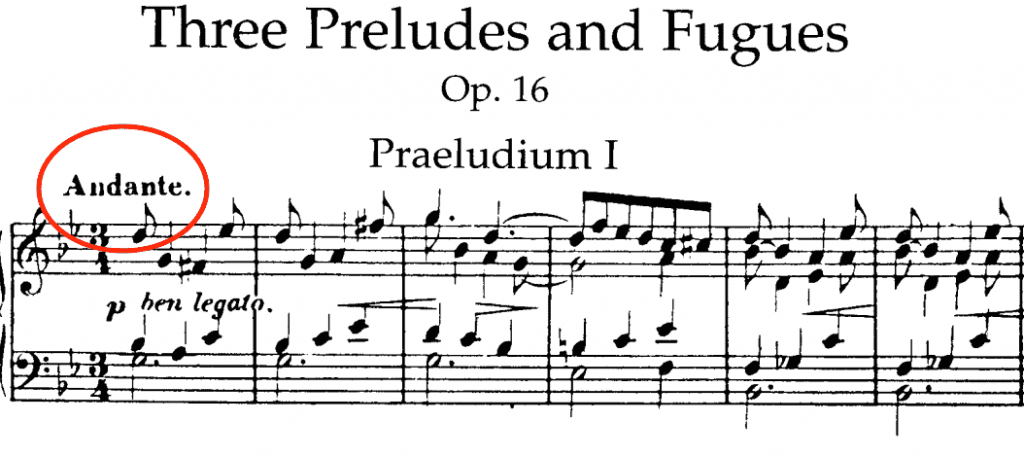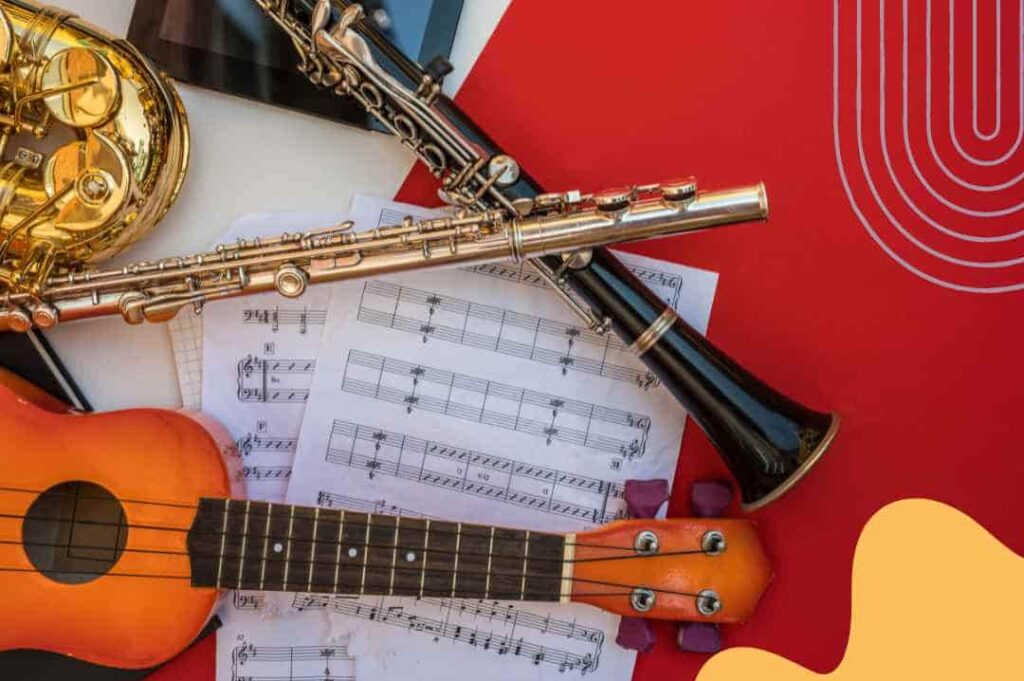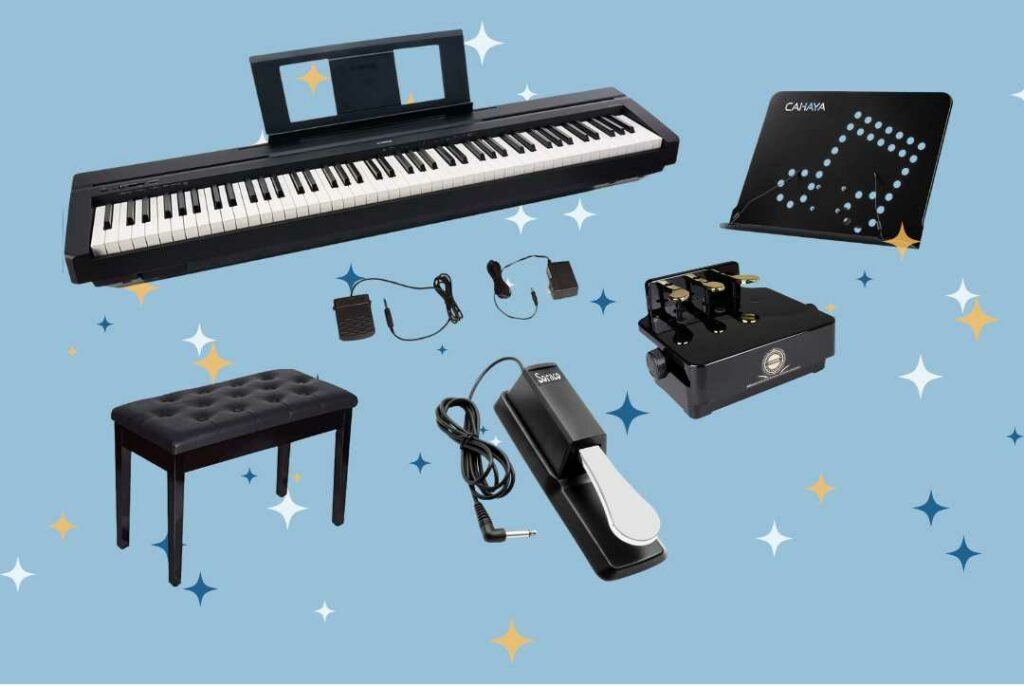Become a Better Musician
What Is Sight Reading? 8 Tips to Be a Great Sight Reader

Rose Park
updated 2/16/24 • 4 min read
What Is Sight Reading?
Sight reading is an important skill for any music learner, but it might be new to beginners. Basically, sight reading means being able to glance at a piece of music and play it without prior practice or preparation. It’s a skill that every musician wants to get better at so they can expand their repertoire and learn music faster.
With practice and guidance, anyone can improve their sight reading skills and feel confident taking on new music. Check out these 8 tips to help you become a great sight reader!
60+
Instructors
25,000+
Lessons taught
4.9/5 ⭐⭐⭐⭐⭐
Average lesson rating
1. Check the Basic Musical Frame First
Structure
Harmony
Rhythm Patterns
Challenging Sections
Tempo and Dynamic Markings

Explore LWY music lessons
2. Visualize the Music
3. Choose the Right Tempo

The tempo marking is an important element that tells you the overall pace of the music. Don’t just play fast without paying attention to it.
Try remembering that the goal of sight reading is to play music steady without missing details.
4. Group the Notes
Tip: If you’re a pianist, start reading from the left hand notes to the right hand notes.
Tip: If you’re a singer, locate where the melody peaks and plan where to breath in and out for the next measure. This helps to avoid running out of breath easily.
Start Your Free Trial Lesson
Take a 30-minute complimentary lesson with exceptional music teachers. Flexible scheduling, Competitive Pricing, No contracts required.
5. Keep Playing Even if You Make Mistakes
It’s natural to make mistakes while sight reading. Don’t worry if you make mistakes and just try to move on to the next measure. Try to avoid fixing mistakes in the middle of playing as you can review and correct them after the first sight reading. Typical mistakes in sight reading are:
- Inaccurate counting
- Inaccurate rhythms
- Missing sharps or flats
- Wrong keys or registers
- Hesitation or stumbling.
Whatever the mistake is, make sure to get back on track quickly. Forget about the mistake, move on to the upcoming notes. Also, keep the tempo in mind and count always.
6. Anticipate the Next Measure

7. Review Your Sight Reading
Here are some suggested questions to ask yourself after finishing sight-reading the music.
- Did I keep the tempo steady throughout the music?
- Did I misread any notes or rhythms?
- Was I feeling hesitant in the middle of a measure or a phrase? Where did I feel hesitant?
- Did I stop anywhere? Why did I stop?
- How well did I play in the challenging sections?
- What can I do better next time? How can I improve the problems and minimize the similar mistakes?
8. Build a Consistent Sight Reading Routine
Sight reading can be a stressful and frustrating process for any music learner, especially when you’re trying to improve quickly. Remember, every small improvement matters in the long term and consistency is the key.
Start your practice session with 5 minutes of sight reading for the next 10 days. Then gradually increase the time based on the level of music. If the music feels too long, you can work on a small section of the piece. Feel free to switch up the music you sight read each time or every two days. Your goal is to build a regular sight reading habit and expand your repertoire.
Learn and apply the tips outlined above in your practice sessions, and even if one sight reading session doesn’t go well as you hoped, don’t give up. You have plenty of time to practice and improve your skills!
Start a Free Trial Lesson at Lesson With You!
Learn how to master sight-reading and other music techniques at Lesson With You! Our award-winning music teachers can help you learn performance focused skills, theory, and techniques in a professional way.
The first trial lesson is free! No Contracts Ever.
Interested in a certain style?
Musical Theatre Singing Lessons | Classical singing Lessons | Rock singing Lessons | Country singing Lessons | Pop Singing Lessons
Classical Guitar Lessons | Acoustic Guitar Lessons | Jazz Guitar Lessons | Rock Guitar Lessons | Electric Guitar Lessons | R&B Guitar Lessons

Rose Park
Rose Park is a graduate of the Jacobs School of Music at Indiana University where she studied Piano Performance and Arts Administration, receiving both Bachelor's and Master's degrees before co-founding Lesson With You. As a pianist, Rose was a prizewinner in many international piano competitions and performed at various summer programs and festivals across the United States, Italy, and Japan.




